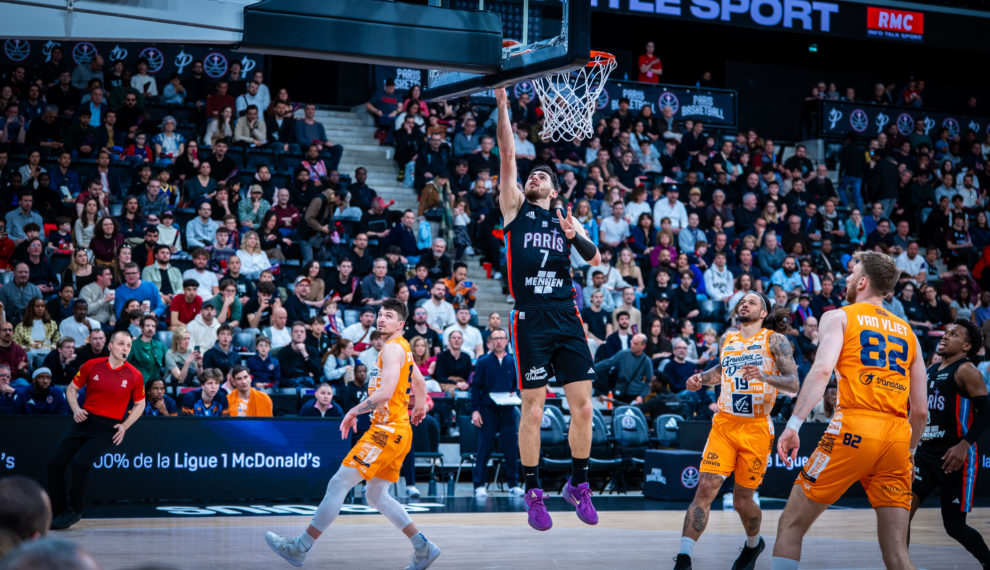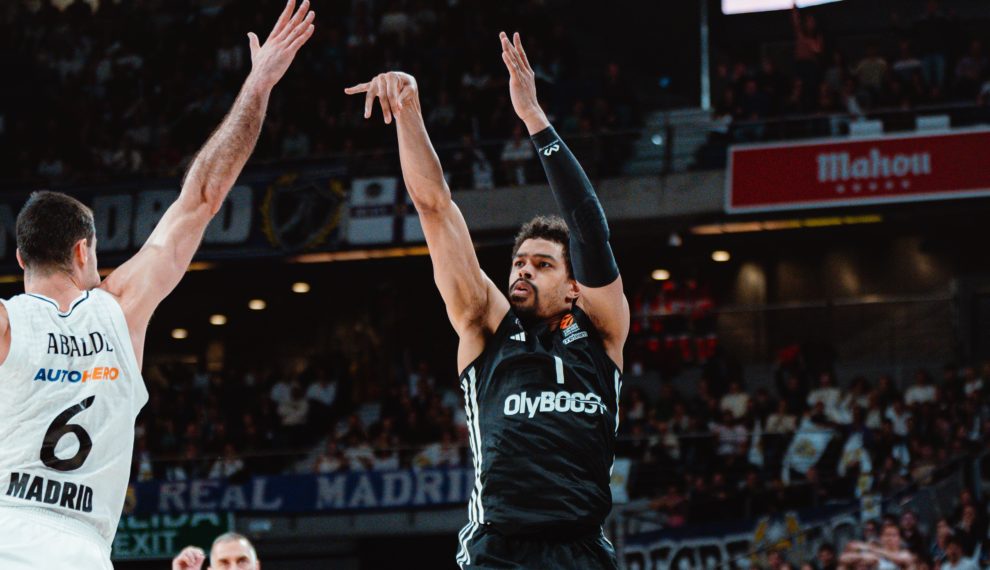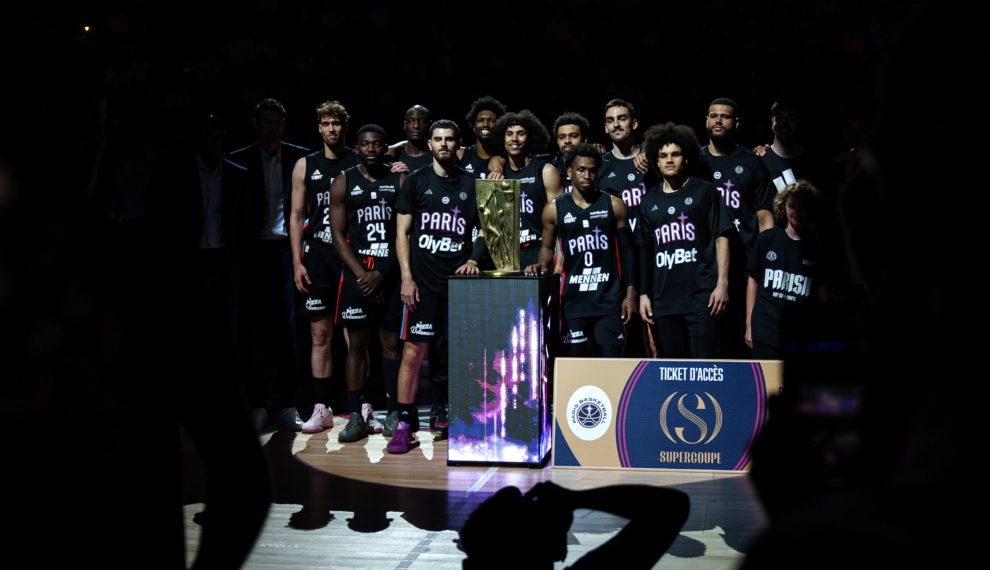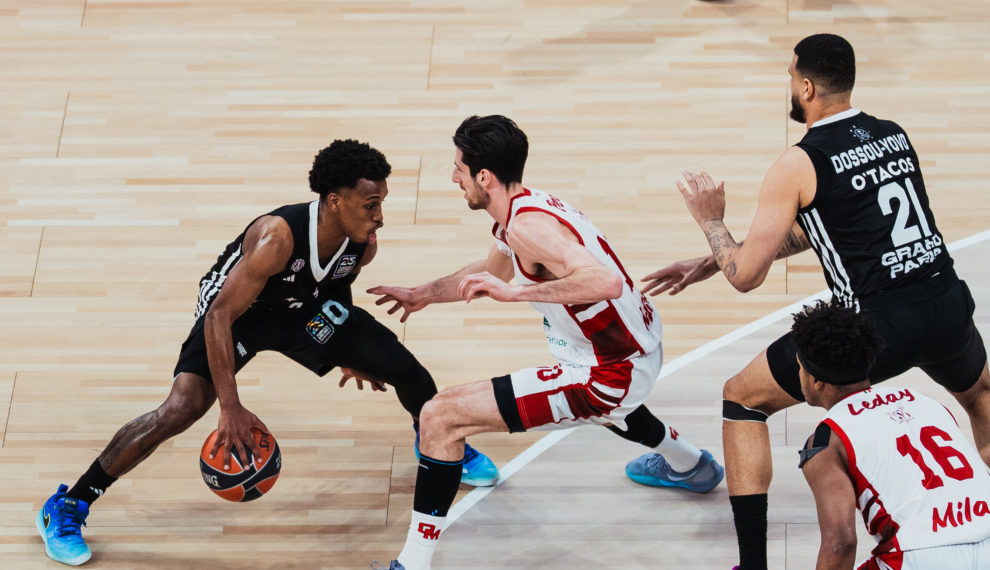
Kareem Abdul Jabbar: the legendary centre who revolutionised the NBA
Kareem Abdul Jabbar is unanimously recognised as one of the greatest players in the history of professional basketball, ranked second in ESPN’s all-time list just behind the unbeatable MJ (no less). Former NBA scoring record holder for nearly four decades, he has established himself as a true sporting icon. With his exceptional longevity and inimitable playing style, he transformed the way NBA centres approach the game, both offensively and defensively.
Born Lew Alcindor in New York, the man who would later take the name Kareem Abdul Jabbar made a name for himself in college basketball (NCAA) at UCLA. His impact was so great that he helped redefine certain rules and strategies of the game. This article first traces the history of this extraordinary player, before focusing on his unique playing style, his committed personality and, finally, the statistical legacy of his career.
A look back at an extraordinary basketball career
A promising start in Harlem and impact at UCLA
Kareem Abdul Jabbar was born on 16 April 1947 as Ferdinand Lewis Alcindor Jr., better known by his nickname Lew Alcindor. He grew up in Harlem, a working-class neighbourhood of New York City renowned for its street basketball scene, which forged his competitive spirit at an early age. Blessed with extraordinary size, he quickly made a name for himself and joined UCLA under the guidance of legendary coach John Wooden.
At the time, Lew Alcindor literally dominated the competition in college basketball (NCAA). He won three consecutive NCAA titles (1967, 1968, 1969), while being named Most Outstanding Player of the final tournament three times. No one had ever done this before, and no one is likely to do it again. His impact was such that the NCAA temporarily introduced a rule banning the dunk, known as the ‘Alcindor Rule’, to limit his dominance under the basket. During his college years, he refined his technique, developed an ultra-effective post game and began to build his image as a future NBA centre.
The NBA adventure in Milwaukee and Los Angeles
In 1969, the Milwaukee Bucks selected him as the first pick in the draft (perhaps the most obvious first pick in history?). In his rookie season, he impressed with staggering statistics (28.8 points, 14.5 rebounds, 4.1 assists) and won the Rookie of the Year title hands down. Then, in only his second professional season, in 1971, he led the Bucks to the NBA championship, giving the franchise its first and only title to date. It was also during this period that he converted to Islam, adopting the name Kareem Abdul Jabbar.
After six seasons, six All-Star games and one NBA title, the centre left Milwaukee to join the Los Angeles Lakers, opening a new chapter in his career. In L.A., he teamed up with Magic Johnson during the ‘Showtime’ era. This explosive partnership would leave a lasting mark on the history of the league with five NBA titles in nine years and giving basketball fans one of the greatest rivalries in the history of the sport against Larry Bird’s Celtics.
For more than twenty seasons, Kareem Abdul Jabbar established himself as a key player, winning several titles and racking up individual honours. His aura continued to grow, making him a benchmark in the NBA for future generations, in short, a legend.
His playing style
The skyhook, the lethal weapon
Kareem Abdul Jabbar’s signature move is undoubtedly the ‘skyhook’. Often referred to as a ‘rolled shot’ or ‘rolled arm’ in French, this move consists of raising the ball high and then sending it towards the basket with an almost perfect arc. Performed at arm’s length by a centre standing over 2.15 metres tall, this shot is almost impossible to block. Thanks to his exceptional mastery, Kareem scored most of his points in the NBA with this formidable weapon.
The skyhook inspired many future centres, although few of them managed to replicate it with the same effectiveness. Opposing defences long sought strategies to stop it, but its execution, combined with Kareem Abdul Jabbar’s perfect timing, made it virtually unstoppable.
A multi-faceted centre
Although best known for his scoring, Kareem Abdul Jabbar was not just a finisher. With exceptional vision, he could read defences to make accurate passes, and his tactical intelligence allowed him to make good decisions under pressure. Defensively, he protected the paint and deterred opponents with his size and positioning.
His longevity at the highest level was also the result of an impeccable lifestyle. In particular, he practised yoga and certain martial arts, developing muscular strength and flexibility that were rare for an NBA centre. This forward-thinking approach enabled him to maintain a level of excellence until he was over 40.
Who was he, both on and off the court ?
A committed player and an independent spirit
Kareem Abdul Jabbar has always been more than just an exceptional athlete: he is a man of conviction. When Lew Alcindor converted to Islam in 1971 and changed his name to Kareem Abdul Jabbar, he clearly affirmed his spiritual identity, a significant choice in America at that time. His activism for civil rights and his closeness to certain African-American movements sometimes sparked controversy, making him misunderstood by part of the population.
Known for his reserved nature, he was not always comfortable in front of the media. However, behind the scenes, this NBA centre readily exchanged ideas with his teammates and loved ones, defending his beliefs about equality and social justice. His stance helped pave the way for an NBA where players’ political engagement is more accepted and encouraged.
Why Kareem Abdul Jabbar made history
Kareem Abdul Jabbar’s name is synonymous with the evolution of basketball. He demonstrated that a big man could excel not only in rebounding and blocking shots, but also in scoring, thanks to his impeccable technique. For many future big men, he represented the archetype of the modern centre: complete, agile and thoughtful.
His NBA record for points scored, set at 38,387, seemed untouchable for a long time. He embodies individual success, while also being a silent leader in the dressing room, helping his teammates shine. Beyond the court, Kareem is also present in popular culture: he appears in Bruce Lee’s film ‘The Game of Death’, where his impressive stature and flexibility contrast with those of a martial arts master. He has thus become a sporting and cultural icon, proving that the role of an NBA MVP extends beyond the court.
Statistics and Honours
Key figures from a legendary career :
- 6 NBA titles: One with the Milwaukee Bucks (1971) and five with the Los Angeles Lakers.
- 6 regular season MVPs (NBA MVP): A record he still holds, highlighting his dominance.
- 19 All-Star selections: Proof of his consistency at the highest level.
- 2 Finals MVP awards: Illustrating his decisive impact in the biggest moments.
- Career points record holder (38,387) until 2023: An NBA record broken by Lebron James, but one that stood for nearly 40 years.
- Induction into the Basketball Hall of Fame
The statistical legacy
With 20 seasons as a professional, Kareem Abdul Jabbar pushed the boundaries of longevity in the NBA. His number of games played, points scored, rebounds and blocks place his name at or near the top of the all-time rankings. In an era of fast-paced, outside-shooting basketball, his records remain a reminder of the power and appeal of dominant centres.
Read also
Latest items














